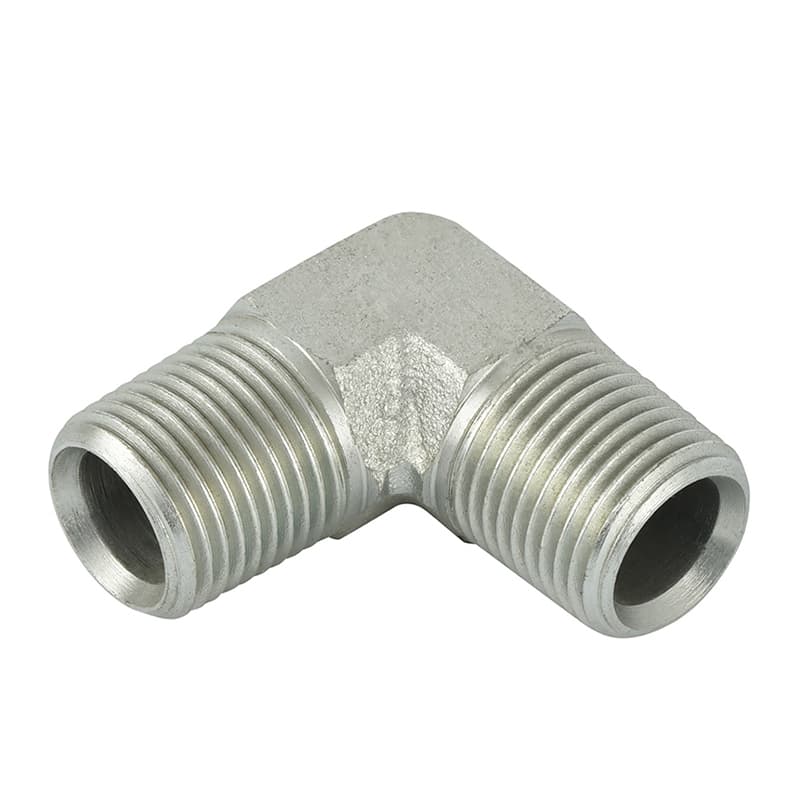Hydraulic fitting services are required by many industries that use high pressure hydraulic systems. If you use a hydraulic system and experience a loss of pressure, or if your system fails completely, it is important to immediately contact a hydraulic fitting specialist to determine the cause of the problem and request the services of a professional licensed plumber. A qualified and licensed professional will carry out a comprehensive inspection of the system and make suggestions for the best course of action to remedy the problem. Here is what you should expect when you contact a hydraulic fitting specialist to carry out an inspection and repair:
The first thing that you should expect when you contact a hydraulic fitting service is that the man you speak to will inspect the system. He will confirm that all components are operational, and he will ask you a series of questions related to the cause of the problem, so that he can recommend the best solution for your particular situation. A hydraulic fitting is one of the most important parts of a hydraulic system, so it is important that it is working properly at all times. Unsafe hydraulic fittings may be responsible for an emergency loss of pressure, so it is critical to identify the cause of the problem before calling a professional to carry out the necessary repairs.
The common end connection describes a hydraulic fitting where the seal caps are bent to the correct shape as a result of a pressure change, often resulting in the seal being damaged. Hydraulic pressure can either be constant, such as when filling a reservoir, or variable, such as when water is spilling over a spillway into a drainage system. The bending of the seal caps is caused by the cap being pushed into a slightly different angle, usually as a result of the cap being damaged.
There are two common hydraulic fitting problems that commonly occur with flat sealing surfaces. The first is a blockage from a small hole, often caused by rust inside a corroded pipe. The second is a pinching of the seal from a small round hole created by the insertion of a flare or other insert. These types of fittings are often referred to as "diverting ends". They are usually not very common, but they do happen.

The common end connection described above usually results from an incorrectly-installed hose connections. The improper connections are typically caused by a design feature known as "round lips". This feature is designed to prevent the tubing from passing through obstructions, such as round clips, neau caps, or flanged tubes. However, because round lips are intended for fixing the hose connections inside the barrel, if they are not properly installed, the end of the hose can protrude outside the confines of the barrel, which can cause a common end connection like the one described above.
Another common fitting problem is a leaking stem piece. This type of stem is most commonly used on leaky hydraulic hoses. Leaks in these common fittings typically occur when there is a lack of seal between the tubing and the fitting stem. When the stem is leaking, it often leaves small, visible pieces of piping protruding from the coupling. These pieces of piping are not the typical flange-like segments that most people think of when they think of leaky hydraulic hose fittings, and they are not usually visible when they are disconnected. However, their presence can indicate that the fitting has experienced a leak and is leaking air into the system.
As you can see, these common types of hose fittings offer some flexibility, but also have their weaknesses. For more information on these fittings, as well as other valuable information on industrial and plumbing products, please feel free to take a look at our website. Our team is available to assist you whenever you need, and will ensure that you get the right type of product and installation for your situation.
